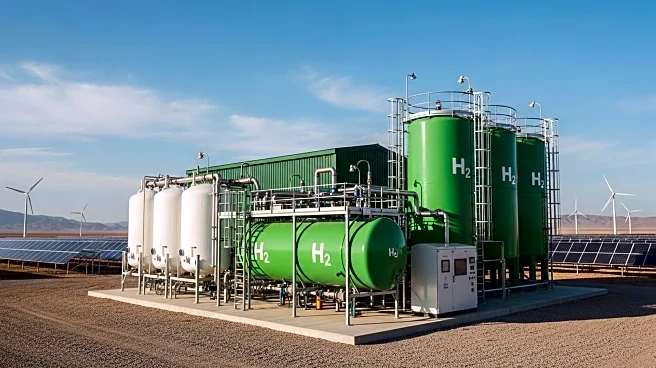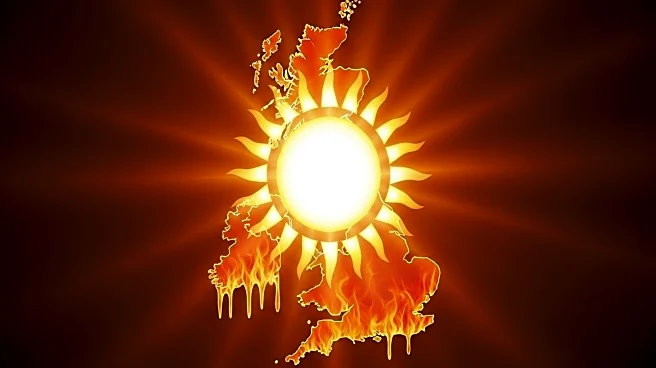What's Happening?
Vox Weather has issued a forecast for September 5, highlighting a cold front sweeping across the southern regions of South Africa, bringing light rain to parts of the Cape Provinces. Gusty winds are expected over the interior, with dry and hot conditions persisting in some areas, maintaining a high fire danger. An upper-air trough is predicted to add instability, triggering thunderstorms over central South Africa, including parts of KwaZulu-Natal and the Eastern Cape. Fire danger warnings have been issued for several regions, including the eastern and western parts of the Northern Cape, southern and eastern parts of North West, Free State, southern areas of Gauteng and Limpopo, Highveld of Mpumalanga, and northern and western parts of KwaZulu-Natal.
Why It's Important?
The forecasted weather conditions are significant due to the potential impact on agriculture and rural communities in South Africa. High fire danger poses a threat to crops, livestock, and property, necessitating preparedness and caution among farmers and residents. The expected thunderstorms could provide relief in some areas but also bring risks of lightning and localized flooding. Understanding these weather patterns is crucial for effective disaster management and mitigation strategies, especially in regions prone to wildfires and drought.
What's Next?
Residents and farmers in the affected areas are advised to take precautions against fire hazards and monitor weather updates closely. Emergency services and local authorities may increase readiness to respond to potential fire outbreaks and weather-related incidents. The forecast underscores the need for ongoing vigilance and adaptation to changing weather patterns, which could become more frequent due to climate change.
Beyond the Headlines
The persistent high fire danger conditions highlight broader environmental challenges, including climate change and land management practices. These conditions may prompt discussions on sustainable agricultural practices and the importance of preserving natural ecosystems to mitigate fire risks. The situation also emphasizes the need for investment in weather forecasting technology and infrastructure to better predict and manage extreme weather events.












